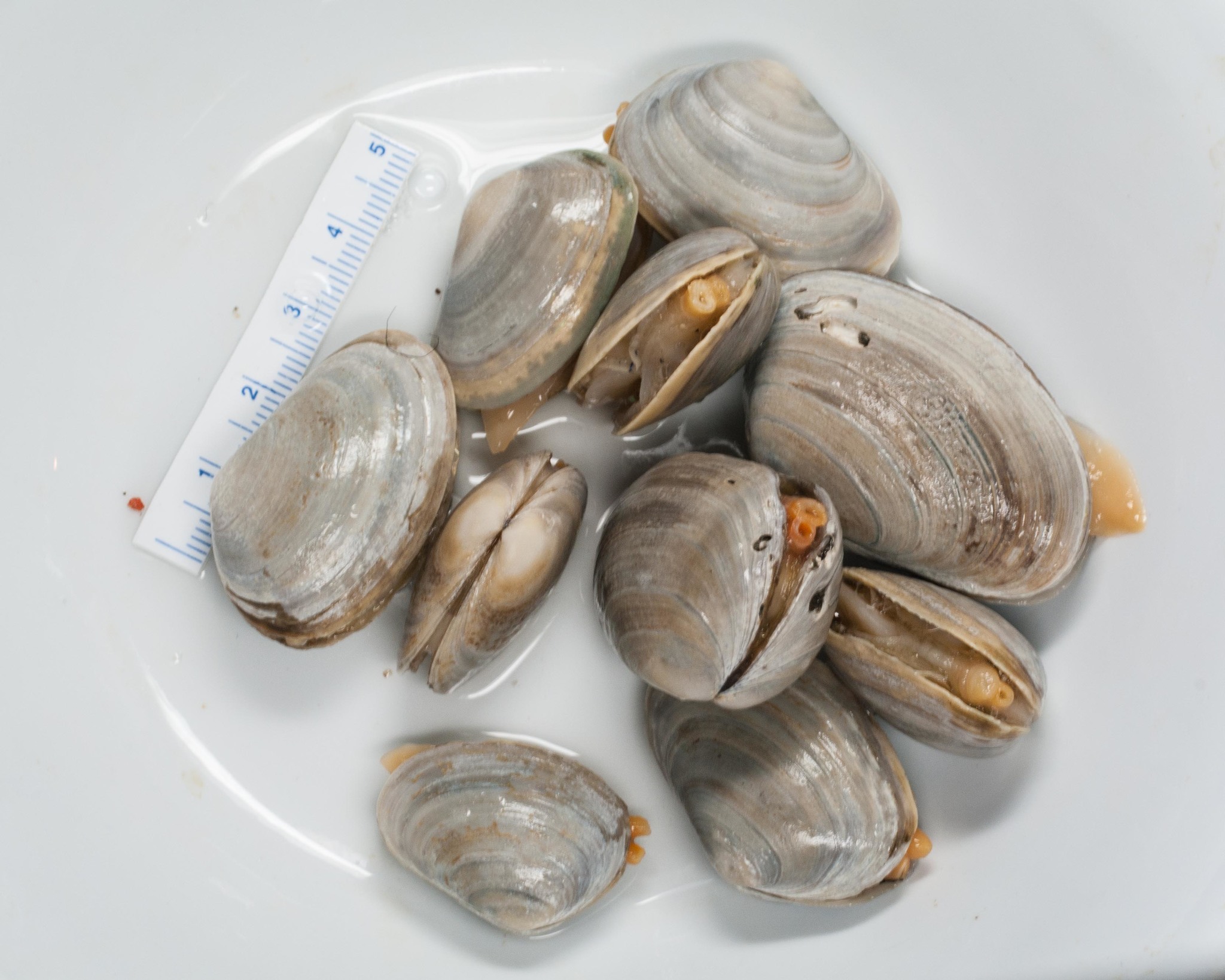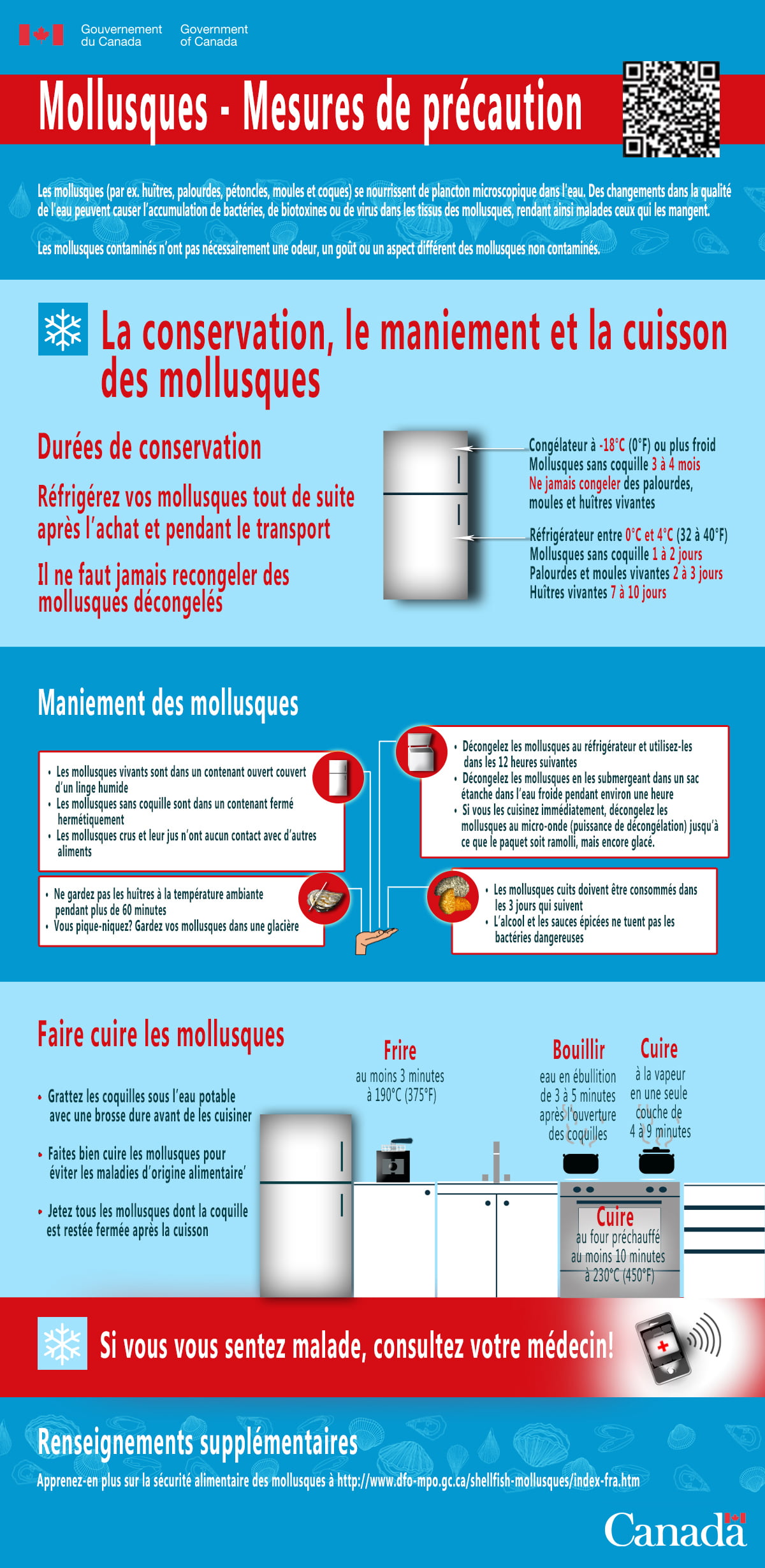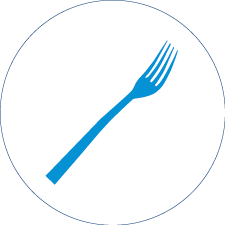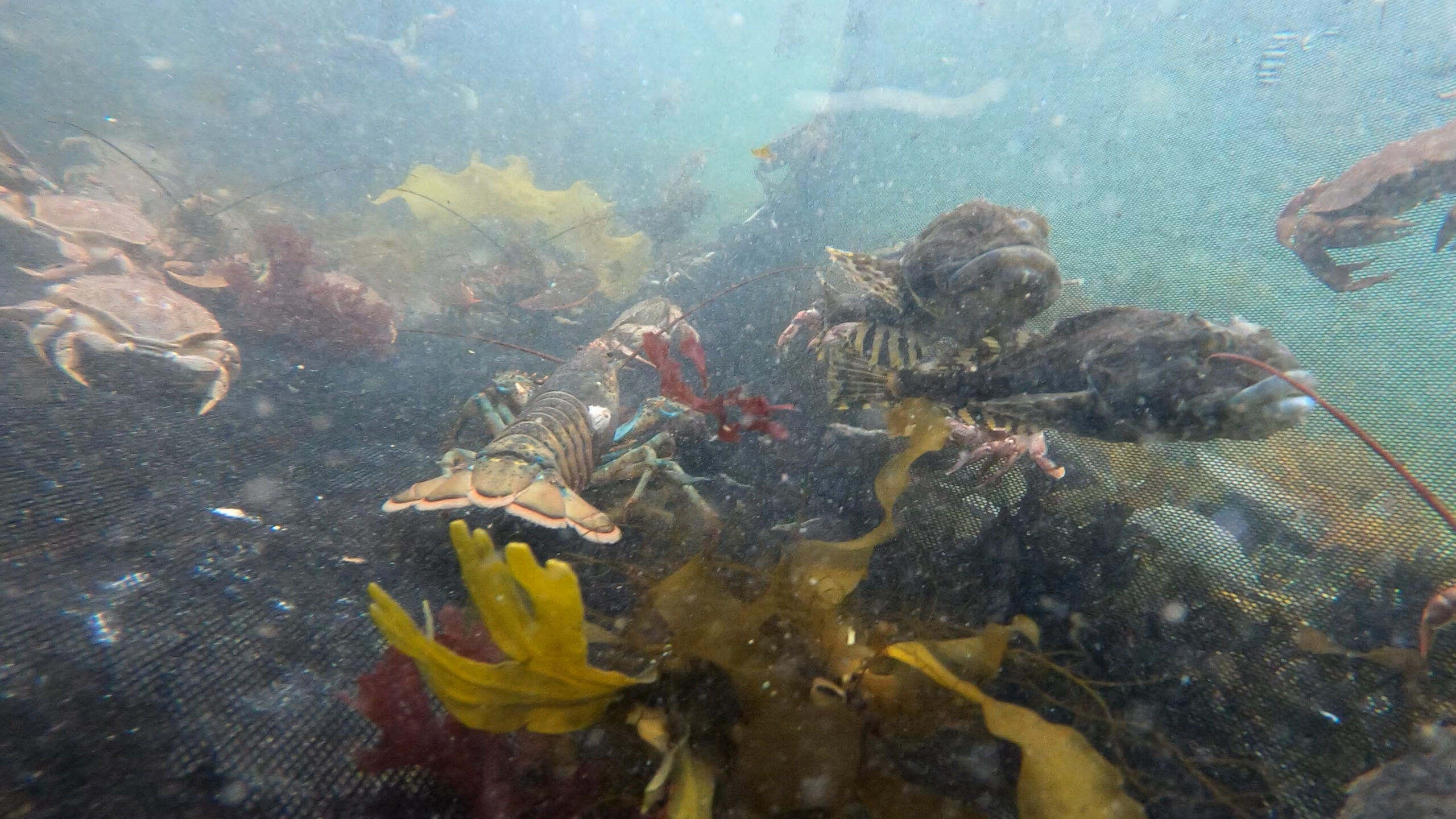
SIZE:
Up to 4 cm.
LIFE EXPECTANCY:
Up to 24 years.
LIFE CYCLE:
Sexual maturity is around 3 or 4 years of age.
This would be the age at which the first egg is laid. The reproduction period takes place in July.
Arctic wedge clams have an asymmetrical, oval-shaped shell. The surface is ribbed, chalky white, beige or yellowish grey. The edge of the shell at the hinge is pointed.
Coastal zone, between 0 and 90 m depth.
The Arctic wedge clam can bury itself in both sand and mud.
Not really an Arctic clam
The Arctic wedge clam is not so “Arctic” after all, as its territory extends at least as far south as Virginia. Its name comes from a mistranslation of the Latin name Mesodesma arctatum; arctatum meaning “compressed” and not “Arctic.”
PREYS:
Organic matter
PREDATORS:
Gastropods
Seagulls

Arctic wedge clams filter water to feed.
Credit: Claude Nozères, photo taken in Matanie, in 2010.
MACHINES:
Hydraulic dredge.
REGULATIONS:
Commercial fishing for Arctic wedge clams is sometimes carried out along the central North Shore. The volumes fished do not reach the authorized quotas.
Recreational harvesting? Yes, but only under certain conditions.
Arctic wedge clams can be hand-harvested recreationally. However, molluscs can be toxic. Be sure to find out about harvesting conditions and whether your area is open. This information can be found on the Fisheries and Oceans Canada website. Harvested clams must measure more than 3 cm.
The Arctic wedge clam is a Smarter seafood-listed species.
BENEFITS:
The Arctic wedge clam is a good source of omega-3 fatty acids, protein, vitamins B3 and B12, as well as potassium and zinc.
LET’S COOK:
Tender texture with light firmness. Lean meat with a salty yet slightly sweet flavour.
Unlike other molluscs, Arctic wedge clams do not shrink during cooking.
OUR CULINARY ADVICE:
- Clean the shells thoroughly with a stiff brush before cooking. Remove any damaged shells.

To avoid poisoning, it is important to follow safe shellfish storage, handling and cooking practices.
Source : DFO






